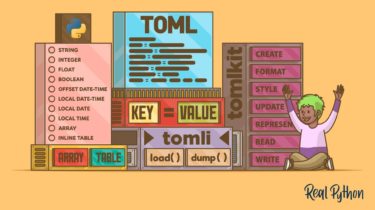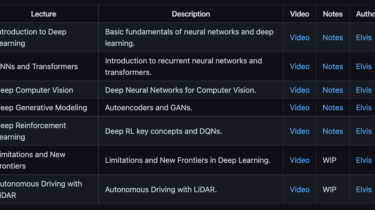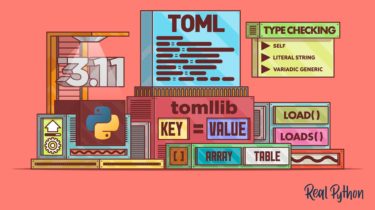NumPy’s max() and maximum(): Find Extreme Values in Arrays
You’ve now seen examples of all the basic use cases for NumPy’s max() and maximum(), plus a few related functions. Now you’ll investigate some of the more obscure optional parameters to these functions and find out when they can be useful. Reusing Memory When you call a function in Python, a value or object is returned. You can use that result immediately by printing it or writing it to disk, or by feeding it directly into another function as an […]
Read more




